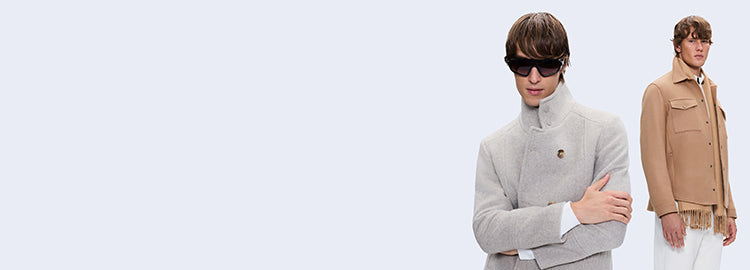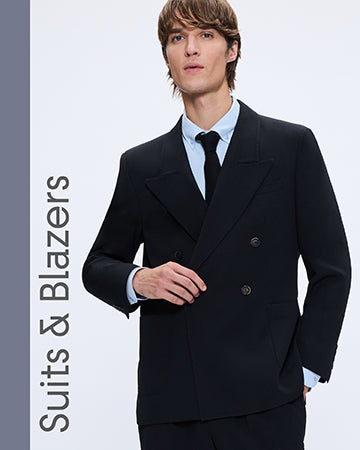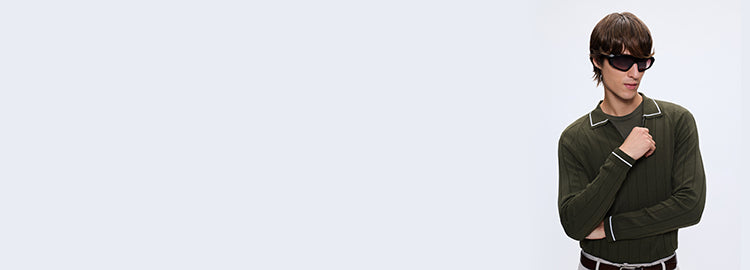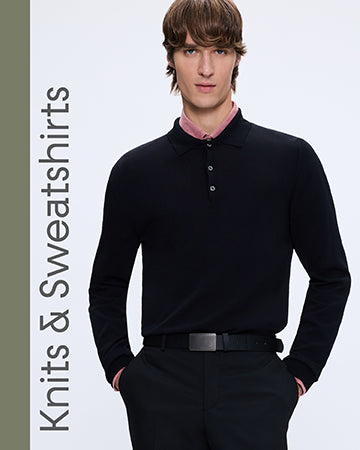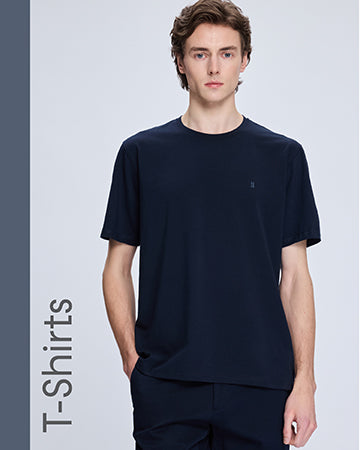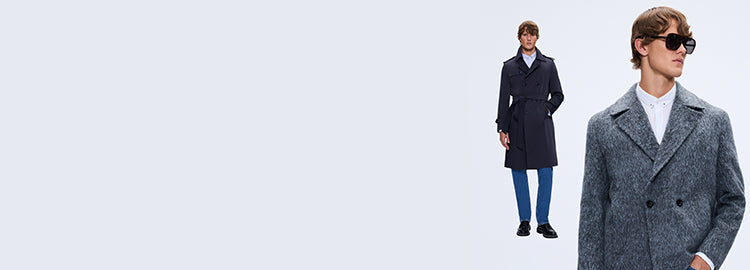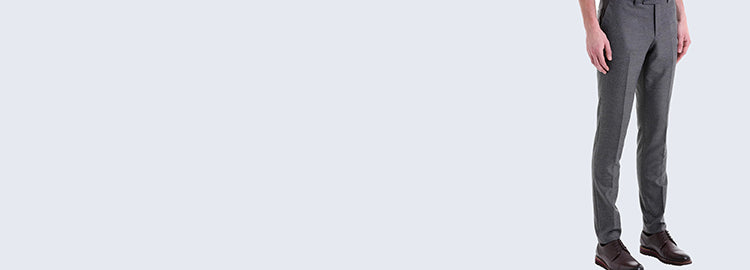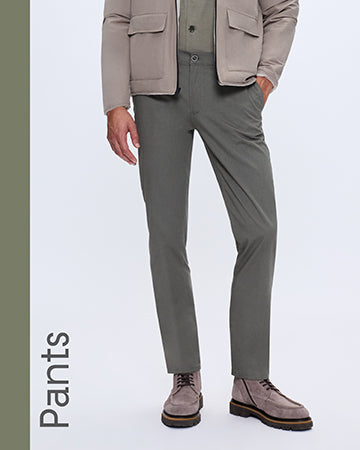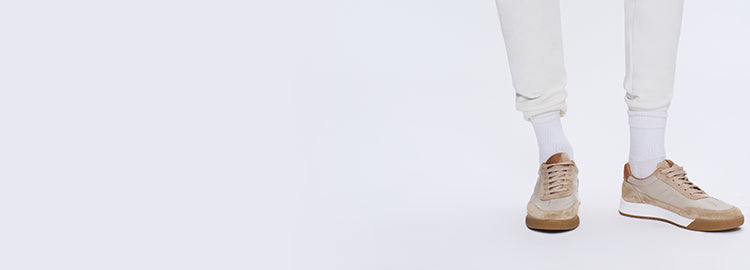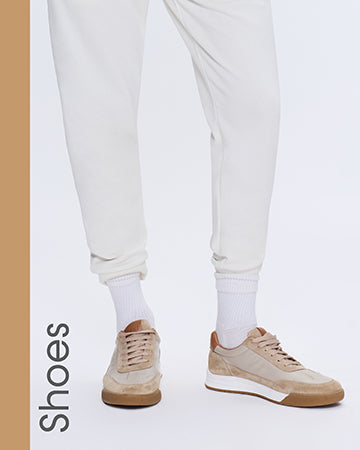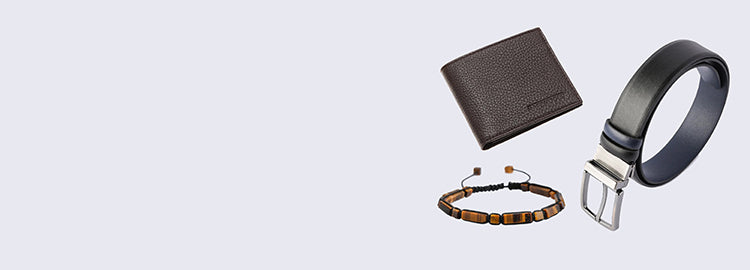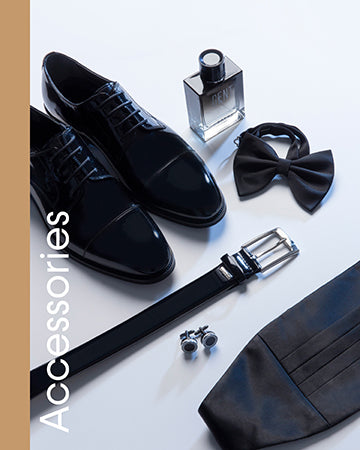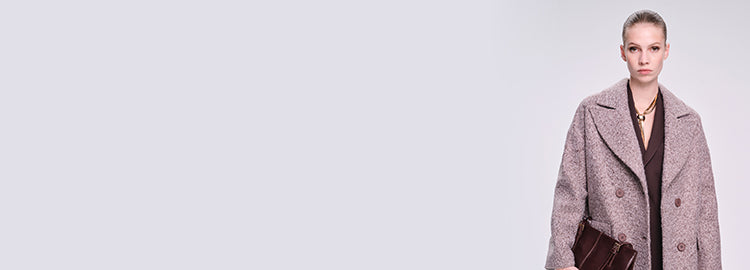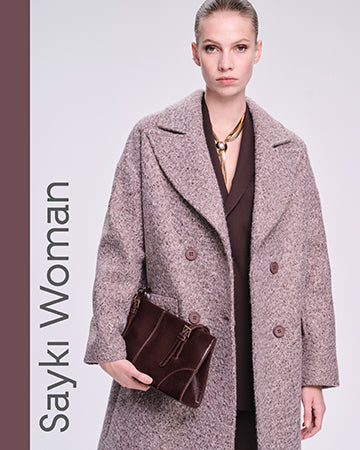Picture this: you just received an invitation to an important event. The card looks sophisticated, the venue sounds impressive, and then you spot those three words that make many men pause: "Black Tie Optional." Your mind starts racing. Should you rent a tuxedo? Can you wear your best suit instead? What exactly do they expect?
If you've found yourself in this situation, you're not alone. Black tie optional remains one of the most confusing dress codes for men, sitting somewhere between formal and semi-formal territory. But here's the good news: once you understand the rules, navigating this dress code becomes surprisingly straightforward.
Contents

What Does "Black Tie Optional" Mean?
Black tie optional gives you flexibility while maintaining an elegant standard. Simply put, it means you can wear a tuxedo if you want to go all out, but a sophisticated dark suit will also be perfectly acceptable. The host wants the event to feel special and formal, but recognizes that not everyone owns or wants to rent formal evening wear.
The Origin of the Dress Code
This dress code emerged in the mid-20th century as social events became less rigid. Hosts wanted to create an atmosphere of sophistication without excluding guests who might not have access to full formal attire. It bridged the gap between exclusive black tie affairs and more casual gatherings, making elegant events more accessible while preserving their special character.
The Difference Between "Black Tie" and "Black Tie Optional"
When an invitation says "Black Tie," you must wear a tuxedo. No exceptions. Black tie optional, however, offers choice. Think of it this way: black tie is a requirement, while black tie optional is an invitation to dress formally with some room for personal interpretation. Both codes aim for elegance, but one demands uniformity while the other allows flexibility.
See also : Tuxedo vs Suit: Key Differences, When to Wear & Styling Tips
How to Read the Invitation Correctly
Pay attention to context clues beyond just the dress code. The venue, time of day, and nature of the event all provide hints about how formal to go. A black tie optional wedding at a country club suggests leaning toward the tuxedo end of the spectrum. A corporate gala at a hotel ballroom might be perfectly suited to your best dark suit. When in doubt, ask other attendees what they plan to wear, or contact the host for clarification.
When and Where to Wear a Black Tie Optional Outfit
Typical Events
You'll encounter this dress code at various sophisticated gatherings. Wedding suits for men are especially relevant for black tie optional occasions, particularly evening ceremonies at upscale venues. Corporate galas and fundraising events often choose this code to encourage attendance while maintaining elegance. Award ceremonies, milestone anniversary parties, and holiday celebrations at private clubs frequently specify black tie optional as well.

Time of Day and Season Guidelines
Evening events starting after 6 PM call for more formal choices within the black tie optional range. A Saturday night gala deserves a tuxedo or your finest suit, while an afternoon garden party wedding might work perfectly with a well-tailored navy suit. Winter events tend to skew more formal, with darker colors and richer fabrics fitting the season. Summer occasions allow for slightly lighter materials, though you should still stick to dark colors for the main pieces.
Essential Outfit Components
The Tuxedo
If you choose the tuxedo route, stick to classic options. A black or midnight navy tuxedo with satin or grosgrain lapels forms the foundation. The jacket should be single-breasted with one or two buttons, though a shawl collar offers an elegant alternative. Your tuxedos should fit impeccably, with the jacket covering your shirt collar in back and the sleeves ending just past your wrist bone.
The Shirt
Your shirt makes a significant difference in achieving the right look. For tuxedos, wear a white dress shirt with a bib front (pleated or pique) and French cuffs. The collar should be a wing collar or a classic turndown collar, depending on your preference. If wearing a suit, choose crisp white dress shirts with a spread or point collar. French cuffs add formality, but button cuffs work too if they're elegant and well-pressed.
The Bow Tie
With a tuxedo, a black silk bow tie remains the gold standard. Self-tie versions show attention to detail, though a well-made pre-tied option works if you're not comfortable tying your own. The bow tie should be proportional to your face and collar spread. If you're wearing a suit instead of a tuxedo, you can opt for regular ties in black or another dark, solid color. Choose silk for the best appearance.

The Shoes
Patent leather oxfords or highly polished black calf leather oxfords work perfectly with both tuxedos and suits. Avoid formal shoes with excessive decoration or brogue detailing. The sleeker and simpler, the better. Your shoes should be impeccably clean and polished. For true formal perfection, consider opera pumps with a tuxedo, though these are rarely seen today.
See also : Shoe Types for Men: A Simple Guide
Socks, Belts & Suspenders Rules
Your socks should be black and reach mid-calf to avoid showing skin when seated. With a tuxedo, skip the belt entirely. Either wear suspenders (which should be hidden under your jacket) or ensure your trousers fit perfectly at the waist. If wearing a suit, a simple black leather belt with a discrete buckle works well. Never wear both a belt and suspenders simultaneously.
If You Choose to Skip the Tuxedo
Choosing the Right Dark Suit
When opting for a suit over a tuxedo, selection becomes crucial. A black suit works best, followed by charcoal or midnight navy. The suit should be your finest one, preferably in a year-round weight wool or a wool blend. Avoid patterns entirely. This isn't the time for pinstripes, windowpanes, or checks. Solid colors convey the formality the occasion demands.
Fabric and Fit Considerations
Quality fabric makes an enormous difference when wearing a suit to a black tie optional event. Look for super 120s wool or higher, with a smooth finish that photographs well. The fit should be modern but not trendy. Your jacket should button comfortably without pulling, and your trousers should break slightly on your shoes. Have your suit pressed before the event, as wrinkles instantly diminish formality.
How to Elevate a Suit to Black Tie Optional Standards
Small details transform a regular suit into black tie optional appropriate attire. Start with exceptional grooming and a fresh haircut. Add formal men's accessories like mother-of-pearl cufflinks and a white silk pocket square. Choose a white spread-collar shirt and pair it with a black silk tie. Ensure every element looks deliberate and polished. The goal is to signal that you understand the formality of the occasion, even without wearing a tuxedo.
Accessories and Finishing Touches
Cufflinks, Pocket Squares, and Watches
Cufflinks should be understated and elegant. Silver, white gold, or mother-of-pearl work beautifully. Avoid novelty designs or anything too flashy. Your pocket squares should be white silk or linen, folded simply. A straight fold or single point fold looks most appropriate. As for watches, a dress watch with a leather strap fits best. Keep it thin and classic. Some purists argue against wearing a watch with a tuxedo at all, claiming it suggests you're watching the clock.
Minimal Jewelry & Fragrance
Keep jewelry minimal and classic. A wedding band, simple cufflinks, and dress studs (with a tuxedo) are all you need. Skip the chains, bracelets, and multiple rings. Your fragrance should be subtle and sophisticated. Apply sparingly, as formal events often involve close quarters and dancing. Others should only notice your cologne when they're very close to you.

Grooming and Hairstyle Etiquette
Exceptional grooming separates good from great when it comes to formal dressing. Get a haircut within a week of the event for the freshest look. Your hairstyle should be neat and controlled. Facial hair needs to be perfectly trimmed or freshly shaved. Pay attention to details like trimmed nails, fresh breath, and subtle cologne application. These elements might seem minor, but they contribute significantly to your overall polished appearance.
Black Tie Optional vs. Other Dress Codes
Black Tie vs. Semi-Formal vs. Cocktail
Understanding how black tie optional relates to other dress codes helps you gauge the appropriate formality level. Each code serves different purposes and occasions.
| Dress Code | Formality Level | Typical Attire | When to Wear |
|---|---|---|---|
| Black Tie | Most Formal | Tuxedo required | Galas, formal weddings, opera |
| Black Tie Optional | Formal | Tuxedo or dark suit | Upscale weddings, corporate events |
| Semi-Formal | Moderately Formal | Suit required, more color options | Daytime weddings, business dinners |
| Cocktail | Smart but Relaxed | Suit or blazer combinations | Cocktail parties, evening receptions |
When to Choose Each Code
Black tie works for the most formal occasions where tradition and ceremony matter most. Choose black tie optional when you want elegance with accessibility. Semi-formal fits daytime events and professional gatherings where men's suits are standard but tuxedos would be excessive. Cocktail attire allows the most personality and works for social events where mingling and comfort take priority over strict formality. For these occasions, blazers & jackets combinations offer great flexibility.
Remember that overdressing slightly beats underdressing at formal events. If you're debating between two options, choose the more formal one. You'll feel more confident knowing you've honored the occasion and your hosts' wishes.
Black tie optional might seem complicated at first glance, but it actually offers wonderful flexibility. Whether you choose a tuxedo or a sharp suit, focus on fit, quality, and attention to detail. With the right preparation and understanding of these guidelines, you'll navigate any black tie optional event with confidence and style.

